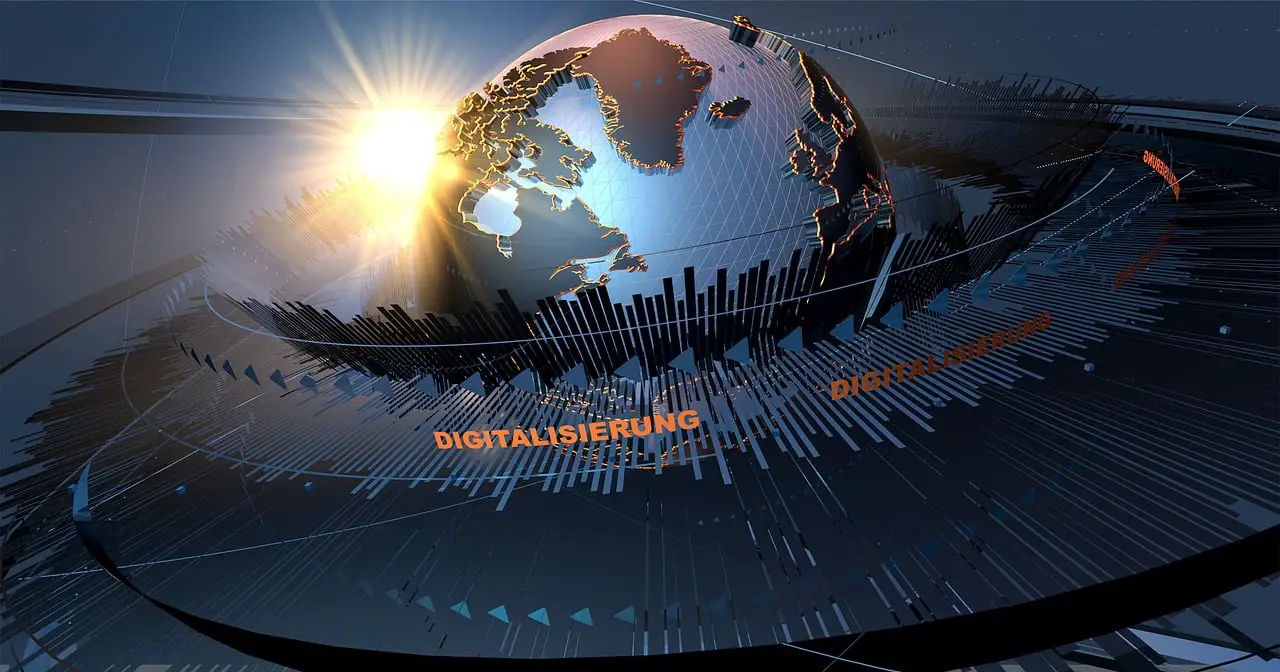Since the beginning of time, our planet has been engaged in a cosmic dance with its moon and the sun. This dance, which has been going on for billions of years, determines the rotation of our globe and the length of our days. In its function as Earth’s constant companion, the moon has not only served as a wellspring of wonder and creativity but also as an important factor in the process of regulating the rotation of our planet. In this article, we look into the complex dynamic that exists between the gravitational pulls exerted by the moon, the thermal tides that occur within the atmosphere of the Earth, and the potential impact that climate change could have on the rotation of our planet.
The Moon’s Ancient Influence
Approximately 4.5 billion years ago, the moon was formed as a result of a catastrophic collision between a young Earth and a Mars-sized body referred to as Theia. This event occurred approximately 4.5 billion years ago. Since that time, the moon has been slowly moving away from Earth, and as it has done so, it has taken a portion of the angular momentum that our planet possesses. This sluggish migration has had an effect on the rotation of the Earth, which has ultimately led to the development of our familiar twenty-four hour day.
Lunar Tides and Earth’s Rotation
The gravitational pull that the moon exerts on Earth’s oceans is one of the moon’s most significant effects, and it is responsible for the tides that are caused by the moon’s interaction with Earth’s rotation. This gravitational pull causes tidal bulges, which have a braking effect on the rotation of the Earth and cause it to become more gradual. The gravitational pull of the moon on Earth’s seas adds around 1.7 milliseconds to each day over the course of a century. This causes the duration of a day to get slightly longer.
A Force That Works Against Itself: Thermal Tides
Although the lunar tides have traditionally been the most significant contributor to the braking impact on the rotation of the Earth, there is another component that is able to counterbalance this slowdown. These bulges in the atmosphere are created by the heating and cooling of the air around the Earth, and we call them thermal tides. These thermal tides are affected by the gravity of the sun, which results in a pull that can hasten the rotation of the earth.
Lunar Tides vs Thermal Tides: A Game of Tug of War
The moon tides have been more powerful than the thermal tides during the majority of Earth’s history, which has resulted in a net slowdown of the rotation of our planet over the course of that time. Nevertheless, a change in the underlying dynamics occurred some 2.2 billion years ago. As the temperature of the Earth’s atmosphere rose, the thermal tides increased in size and speed, and they eventually reached a frequency that was in resonance with the planet’s spin. This resonance, which took place with a duration of about ten hours, accentuated the air bulge, which in turn made the gravitational impact of the sun more substantial.
A Resumption of Deceleration
Because the thermal tides have become more powerful and are now moving in time with the rotation of the Earth, the tides created by the moon have begun to offset the effect of speeding caused by the thermal tides. Because of this, the rate at which the Earth rotates started to slow down once more. On the other hand, the intricate link that exists between these tides and the rotation of the Earth is vulnerable to the influence of exogenous variables such as climate change.
The Earth’s Rotation and Climate Change
When our planet is subjected to global warming, adjustments take place within the atmosphere. These movements have an effect on the resonance between the thermal tides and the pull of the sun. These shifts have the potential to throw off the delicate equilibrium and synchronization that exist between the various forces at play, which could result in the lunar tides having a greater impact on the rate at which the Earth rotates. As a consequence of this, the length of our days may continue to lengthen at a rate that is significantly faster than what was previously reported.
Since the beginning of time, the constant interaction between the Earth, the moon, and the sun has had a profound effect on the rotation of our planet as well as the duration of each day. The gravitational attraction of the moon has steadily slowed down the rotation of the Earth; nevertheless, thermal tides within our atmosphere have supplied a force that works to counterbalance this effect. On the other hand, because climate change upsets the delicate balance that exists between these forces, it’s possible that the effect of lunar tides on the rotation of our planet will become more pronounced. By gaining an understanding of these intricate interrelationships, we are able to acquire vital insights into the mechanisms that shape the dynamic system of our planet.
![]()
